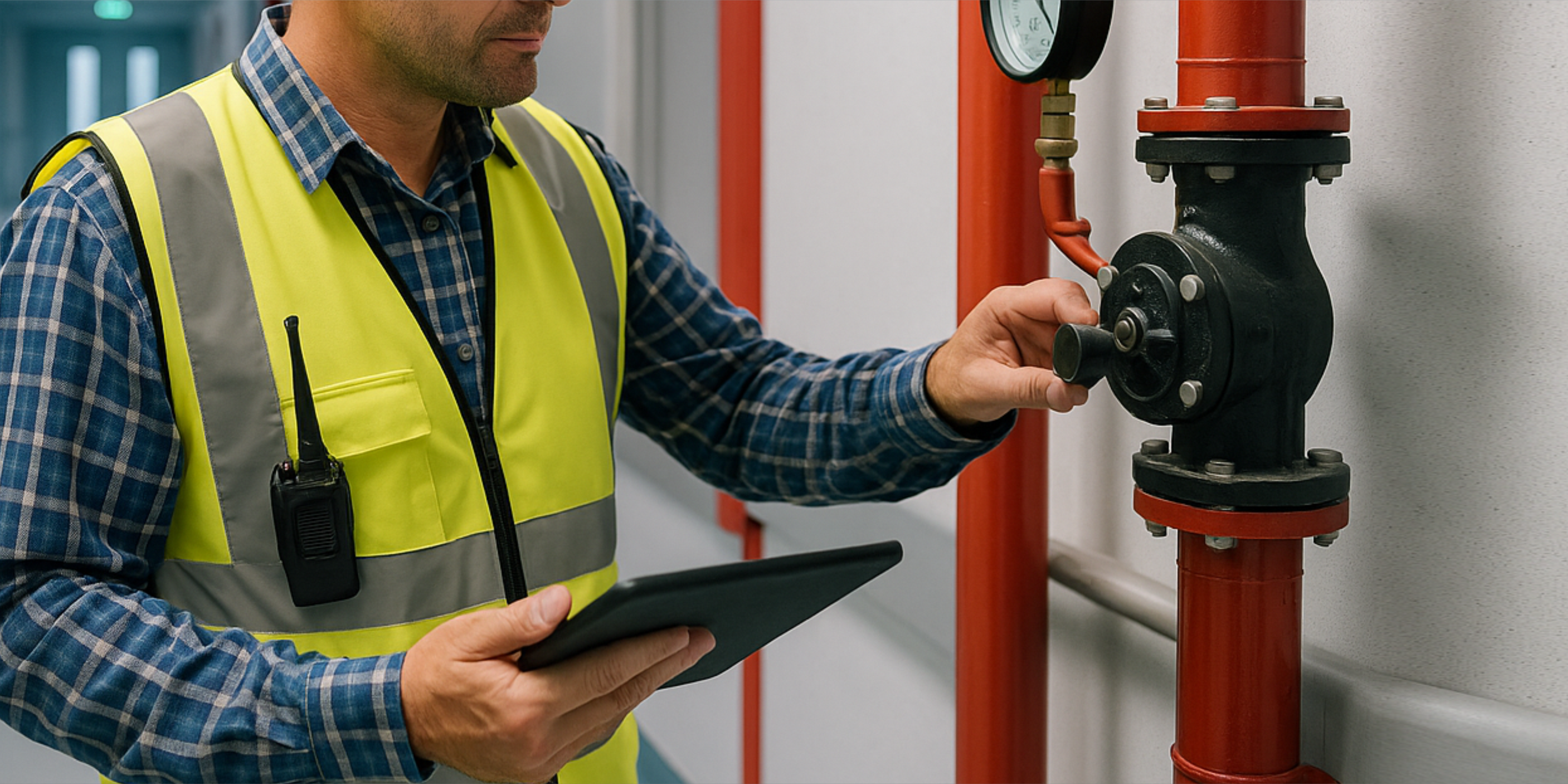In today’s evolving and chaotic facilities management landscape, technology—and particularly artificial intelligence (AI)—is no longer a future concept. It’s a present-day tool that’s helping healthcare and institutional facilities teams work smarter, safer, and more efficiently.
David Trask, National Director at ARC Facilities, has been a strong advocate for using technology as a force multiplier in facilities operations. Based on his recent conversation on the Healthcare Facilities Network Podcast, he offers several insights into how facilities management can use technology to their benefit.
Watch the full episode:
AI in the Field
1. AI as a Field Technician Assistant
David sees AI as transformational for boots-on-the-ground technicians. In a real-world scenario, a technician troubleshooting an HVAC unit could use an AI-enhanced mobile device to receive context-aware suggestions. AI could identify if the unit has a history of failures, has been recalled, or requires a specific part—like belt number 12345. It might even link to a recent repair video uploaded by another tech somewhere in the country.
Bottom line: AI saves time, reduces guesswork, and supports smarter, faster troubleshooting in the field.
Smart Systems
2. Predictive Maintenance Powered by Smart Buildings
David sees immense value in the growing intelligence of building systems. Smart technology now enables facilities teams to predict equipment failure before it occurs. AI tools can analyze temperature data, usage trends, and past work order history to alert staff of systems that may be nearing end-of-life.
In large campuses with hundreds of systems, this predictive capability is critical to prevent outages and improve patient and staff safety.
Bottom line: AI helps prevent problems before they happen—protecting both operations and people.
Workforce Continuity
3. Knowledge Preservation Across Shifts
One of the major challenges in healthcare facilities management is the loss of institutional knowledge due to retirements and labor shortages. David envisions AI as a tool to bridge that gap.
For example, if a technician on the night shift encounters a broken unit, AI can pull up historical notes—like a warning from a prior technician who flagged that same unit six months ago. That context allows for faster, smarter decisions and ensures continuity across shifts.
Bottom line: AI becomes the memory of the organization—preserving knowledge and improving continuity.
Mobile Tech
4. Smart Mobile Tools and Real-Time Adjustments
Nearly every facilities tradesperson today carries a smartphone. David believes these devices are still underutilized. With the integration of AI and mobile apps, technicians can adjust HVAC settings, monitor security feeds, or troubleshoot electrical issues directly from their phone.
More importantly, AI can analyze systems in real time and suggest operational adjustments aligned with energy goals or occupant comfort.
Bottom line: Mobile tech combined with AI brings control, insight, and agility into every technician’s hands.
Knowledge Management
5. Centralizing Knowledge and Enhancing Vendor Relations
AI also works as a knowledge aggregator. David shares how he used to keep a stack of vendor business cards in his travel bag—but now sees AI as the modern evolution of that system.
Today’s AI platforms can link directly to manufacturers, third-party suppliers, and service manuals—all in one place.
Bottom line: AI simplifies access to critical resources, improving vendor coordination and response time.
Cultural Change
6. AI as a Non-Threatening Change Agent
Most importantly, David emphasizes that AI is not replacing technicians. It doesn’t install filters or turn wrenches. Instead, it supports teams—helping them perform better, not taking their place.
He notes that once professionals understand this, they’re more open to embracing the tech.
Bottom line: AI is here to help, not replace. Understanding this turns resistance into acceptance.
Adoption & Generations
7. Generational and Cultural Shifts
David acknowledges that adoption varies across generations—but notes that change is already happening. Most technicians are using AI daily without realizing it—via Siri, Alexa, or YouTube tutorials.
With leadership support and a culture of continuous improvement, this evolution will continue. AI is simply the next step in the toolbelt.
Bottom line: AI adoption is already underway. Culture and leadership are key to accelerating it.
Conclusion
Technology as an Enabler, Not an Overhaul
David offers a vision of how facilities management can embrace technology—not as an overhaul to existing systems but as a set of tools to augment them. Whether through predictive maintenance, enhanced training, or real-time diagnostics, AI and emerging tech are here to help facilities professionals improve performance, reduce downtime, and future-proof their operations.
For more on AI’s impact on facilities management, check out our episode “How AI is Transforming Hospital Facilities.”




